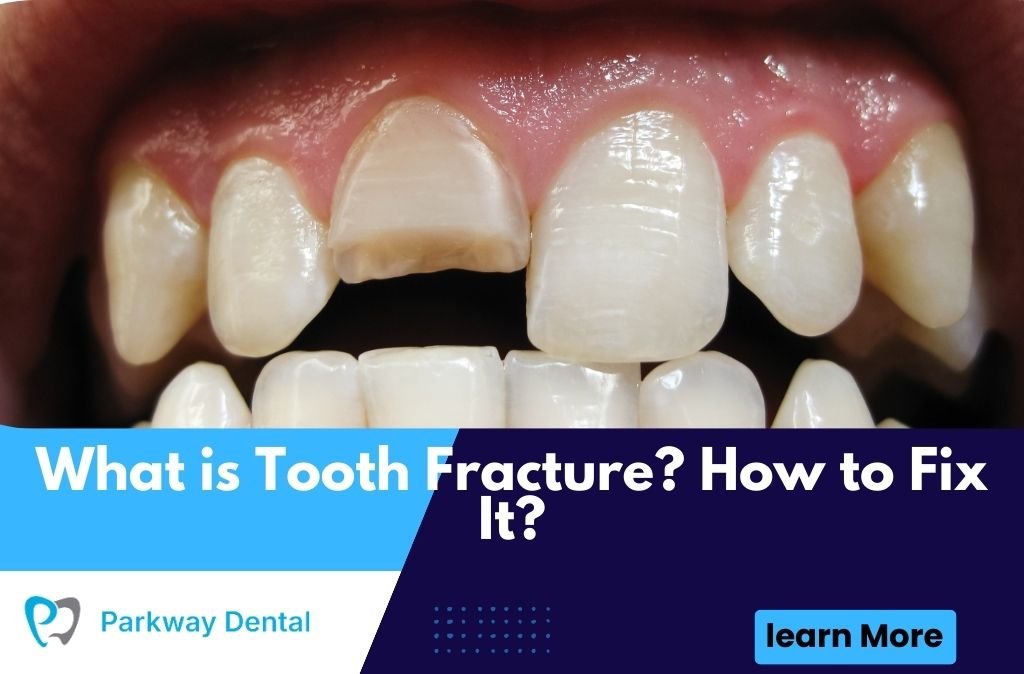Getting a dental implant is one of the most reliable ways to replace missing teeth. They look natural, feel secure, and last for years when done correctly. But sometimes, implants fail—and one of the biggest reasons is bone loss around a dental implant. If you or someone you know is experiencing discomfort, swelling, or loosening of an implant, understanding the connection between bone loss and failed dental implants is critical.
This detailed article explains everything you need to know about failed dental implants due to bone loss, including causes, symptoms, treatments, prevention, and when to seek urgent help.
What is a Failed Dental Implant Due to Bone Loss?
A failed dental implant occurs when the titanium post, which is surgically placed in the jawbone, doesn’t integrate properly or becomes unstable over time. This often happens because of bone resorption (gradual bone loss), which weakens the support around the implant.
When bone loss reaches a certain level, the implant no longer has the stability it needs to stay anchored, leading to discomfort, infection, or complete implant failure.
Causes of Dental Implant Failure from Bone Loss
There are multiple reasons why bone loss may cause implant failure.
Peri-implantitis (Infection Around Implant)
- This is one of the most common causes of implant failure.
- Bacteria build up around the implant, causing gum inflammation and bone deterioration.
- It’s often compared to gum disease but affects the tissues supporting implants.
Poor Bone Quality or Quantity
- Patients with insufficient bone density may not have enough support for an implant.
- Without proper bone grafting, implants may become loose over time.
Excessive Stress on Implants
- Implants that bear too much biting pressure can strain the surrounding bone.
- This leads to microfractures in the bone, triggering bone loss.
Smoking and Lifestyle Habits
- Smoking reduces blood flow, slowing healing after implant surgery.
- Heavy alcohol consumption also affects bone strength.
Medical Conditions
- Conditions like osteoporosis, diabetes, or autoimmune diseases can reduce bone stability and increase implant failure risks.
Surgical or Placement Errors
- Incorrect implant placement may compromise the surrounding bone structure.
- If the implant is too close to a nerve or sinus cavity, complications may arise.
Symptoms of a Failed Dental Implant Due to Bone Loss
Recognizing the early signs of failure can help save your implant.
- Persistent pain or discomfort near the implant site.
- Loose implant or mobility when biting.
- Gum swelling or inflammation around the implant.
- Pus or bleeding from the implant site.
- Receding gums exposing metal threads of the implant.
- Difficulty chewing food as the implant shifts.
If you experience these symptoms, visit a dentist immediately for evaluation.
Why Bone Loss Happens After Dental Implants
Bone is a living tissue that remodels itself based on pressure and stimulation. Natural teeth stimulate bone every time you chew. If stimulation is lost or bone is weakened, resorption occurs.
In implants, if integration is incomplete, or if infection sets in, the jawbone around the implant deteriorates, leading to implant instability.
Risk Factors for Dental Implant Bone Loss
Not everyone has the same risk. Some patients are more prone to bone loss than others.
- History of gum disease
- Smoking or tobacco use
- Uncontrolled diabetes
- Poor oral hygiene
- Bruxism (teeth grinding)
- Insufficient initial bone support
- Weak immune system
Diagnosis of Failed Dental Implant Due to Bone Loss
Dentists use multiple tools to determine whether an implant is failing.
- Clinical examination: Checking for gum inflammation, implant looseness, and gum recession.
- Dental X-rays or CT scans: Reveal bone loss around the implant.
- Probing depth test: Measures the health of tissues around the implant.
Treatment for Failed Dental Implants from Bone Loss
Treatment depends on the severity of the bone loss and whether the implant can be saved.
Non-Surgical Treatment for Early Bone Loss
- Scaling and root planing around the implant to remove infection.
- Antibiotic therapy to kill bacteria causing peri-implantitis.
- Improved oral hygiene to slow down bone resorption.
Surgical Treatments for Moderate Bone Loss
- Flap surgery: Lifting the gums to clean deep infection.
- Bone grafting: Rebuilding lost bone around the implant.
- Guided tissue regeneration: Using membranes to encourage bone growth.
Implant Removal for Severe Bone Loss
- If the implant is beyond saving, it must be removed.
- After removal, bone grafting may be performed to rebuild jawbone.
- Once healing occurs, a new implant or alternative restoration can be placed.
Prevention of Dental Implant Failure from Bone Loss
Preventing bone loss starts before and continues after implant placement.
Before Implant Surgery
- Get a comprehensive evaluation with X-rays and scans.
- Opt for bone grafting if jawbone density is insufficient.
- Address existing gum disease before implant placement.
After Implant Surgery
- Follow all post-op instructions carefully.
- Maintain excellent oral hygiene with brushing and flossing.
- Quit smoking to enhance healing.
- Visit your dentist regularly for implant check-ups.
Long-Term Care After Dental Implants
Even after successful treatment, implants require ongoing maintenance.
- Brush and floss daily using implant-safe products.
- Get professional cleanings every 3–6 months.
- Use an antibacterial mouth rinse.
- Avoid chewing on hard objects like pens or ice.
- Wear a nightguard if you grind your teeth.
Dental Implant Alternatives if Bone Loss Occurs
If a dental implant fails due to bone loss, there are other tooth replacement options:
- Dental bridges: Supported by surrounding teeth.
- Partial dentures: Removable replacements for missing teeth.
- All-on-4 implants: For patients with significant bone loss, using fewer implants strategically placed.
Emotional and Financial Impact of Failed Dental Implants
A failed implant can affect confidence, quality of life, and finances. But with modern dentistry in West Roxbury, MA, many patients recover successfully with corrective treatments and long-term solutions.
Conclusion
A failed dental implant due to bone loss can be distressing, but modern treatments offer multiple solutions—from non-surgical therapies to bone grafting and implant replacement. Preventive care, early diagnosis, and regular dental visits are the best ways to protect your investment in dental implants. If you’re concerned about implant failure, consult a trusted Dentist in West Roxbury, MA for expert care.
FAQs
Can bone loss around a dental implant be reversed?
Yes, with bone grafting and guided tissue regeneration, lost bone can often be rebuilt.
How do I know if my implant is failing?
Look for symptoms like loose implants, gum swelling, pain, and exposed metal threads.
Can failed implants be replaced?
Yes, after bone grafting and healing, new implants can usually be placed.
Does smoking cause implant failure?
Yes. Smoking reduces healing and increases risk of bone loss.
Is peri-implantitis the same as gum disease?
It’s similar but affects implants instead of natural teeth, causing bone deterioration.
How much bone loss is too much for an implant?
If over 50% of bone support is lost, implant removal may be required.
How long do dental implants last with proper care?
With good oral hygiene and check-ups, implants can last 15–25 years or longer.
Can dental implants fail years later?
Yes, late implant failure due to bone loss can occur even after 10+ years.
What’s the best way to prevent implant bone loss?
Good oral hygiene, regular cleanings, quitting smoking, and early treatment of gum issues.
What should I do if my implant feels loose?
See a dentist immediately. A loose implant may signal bone loss or infection.






